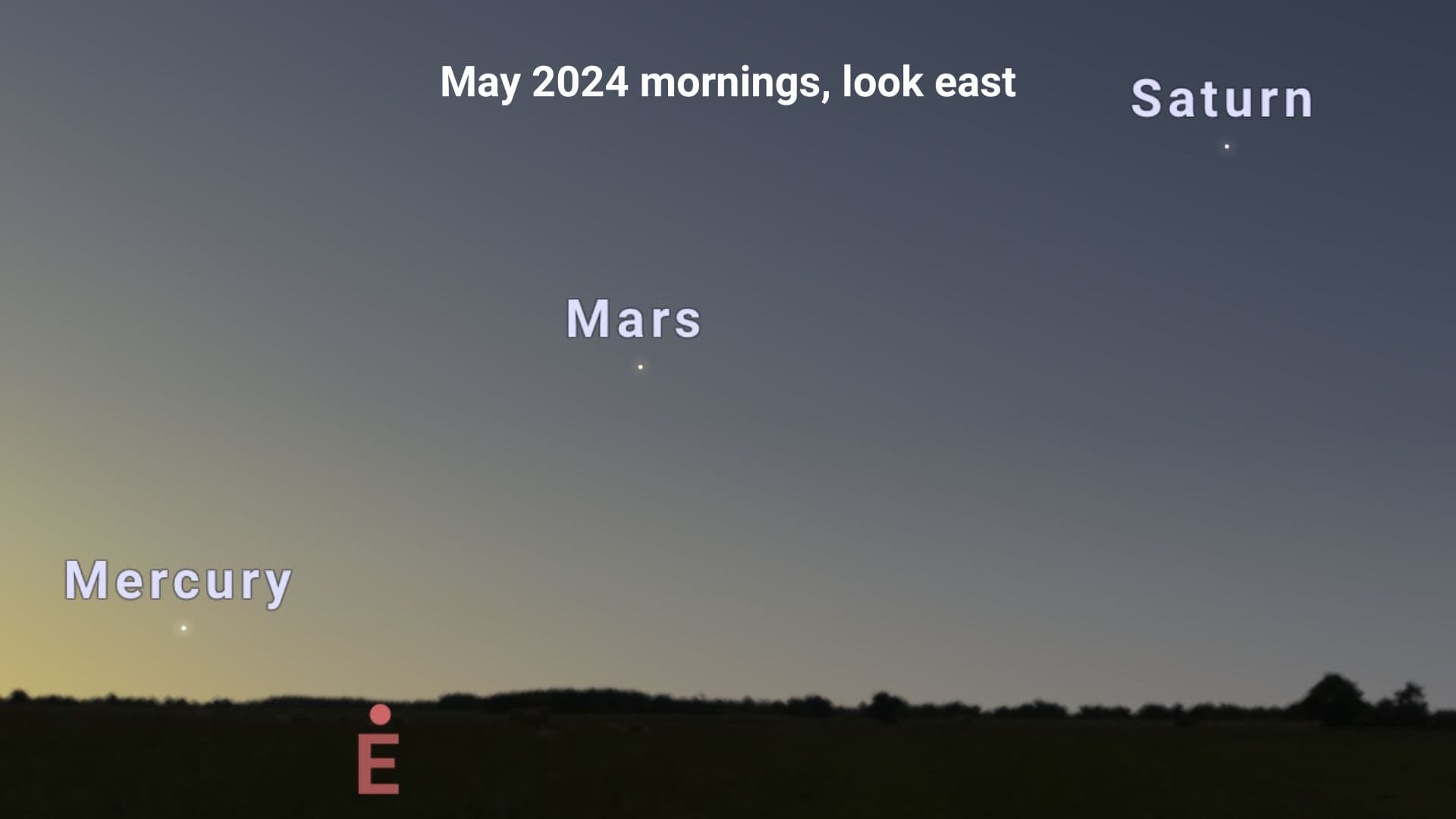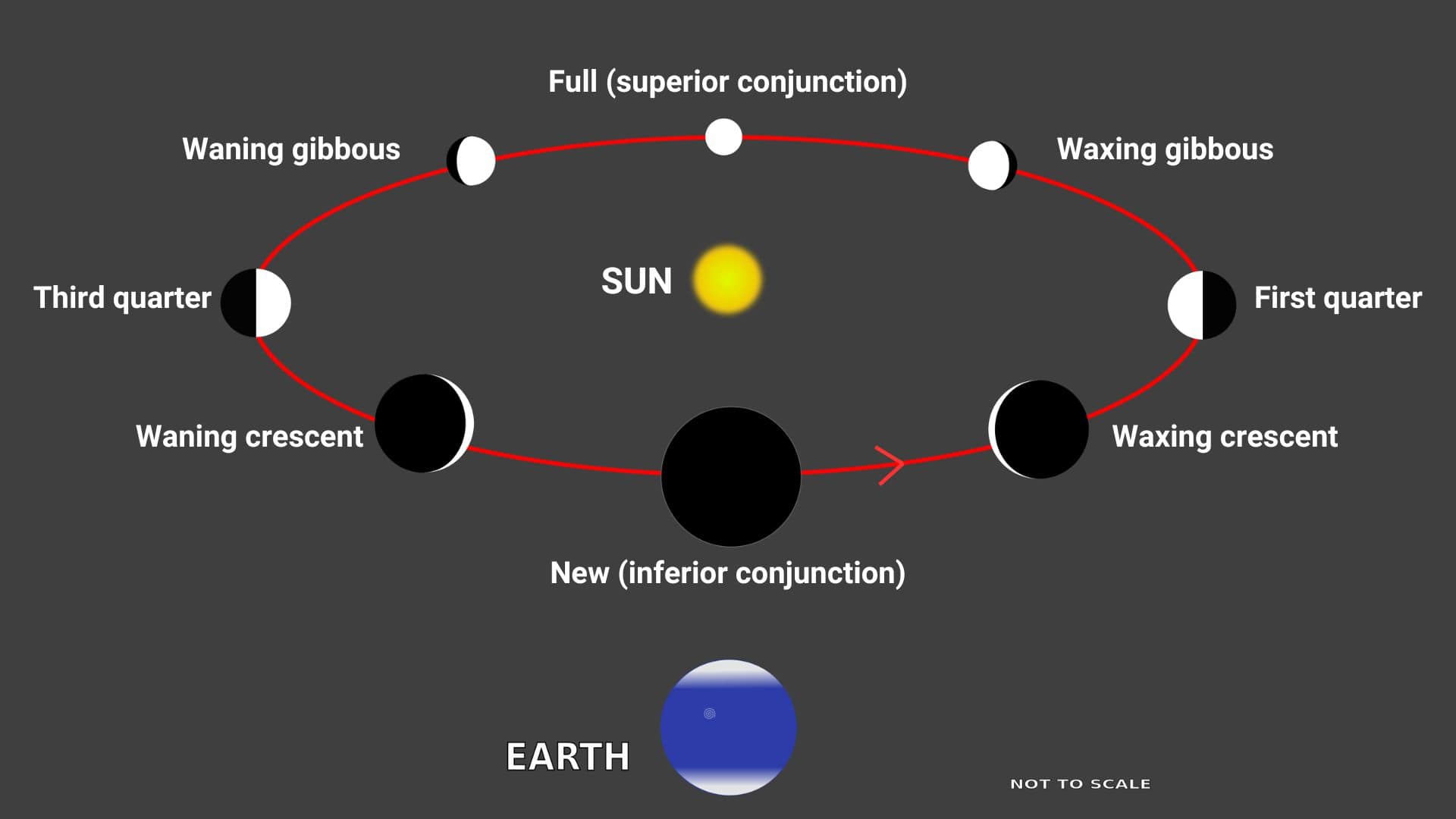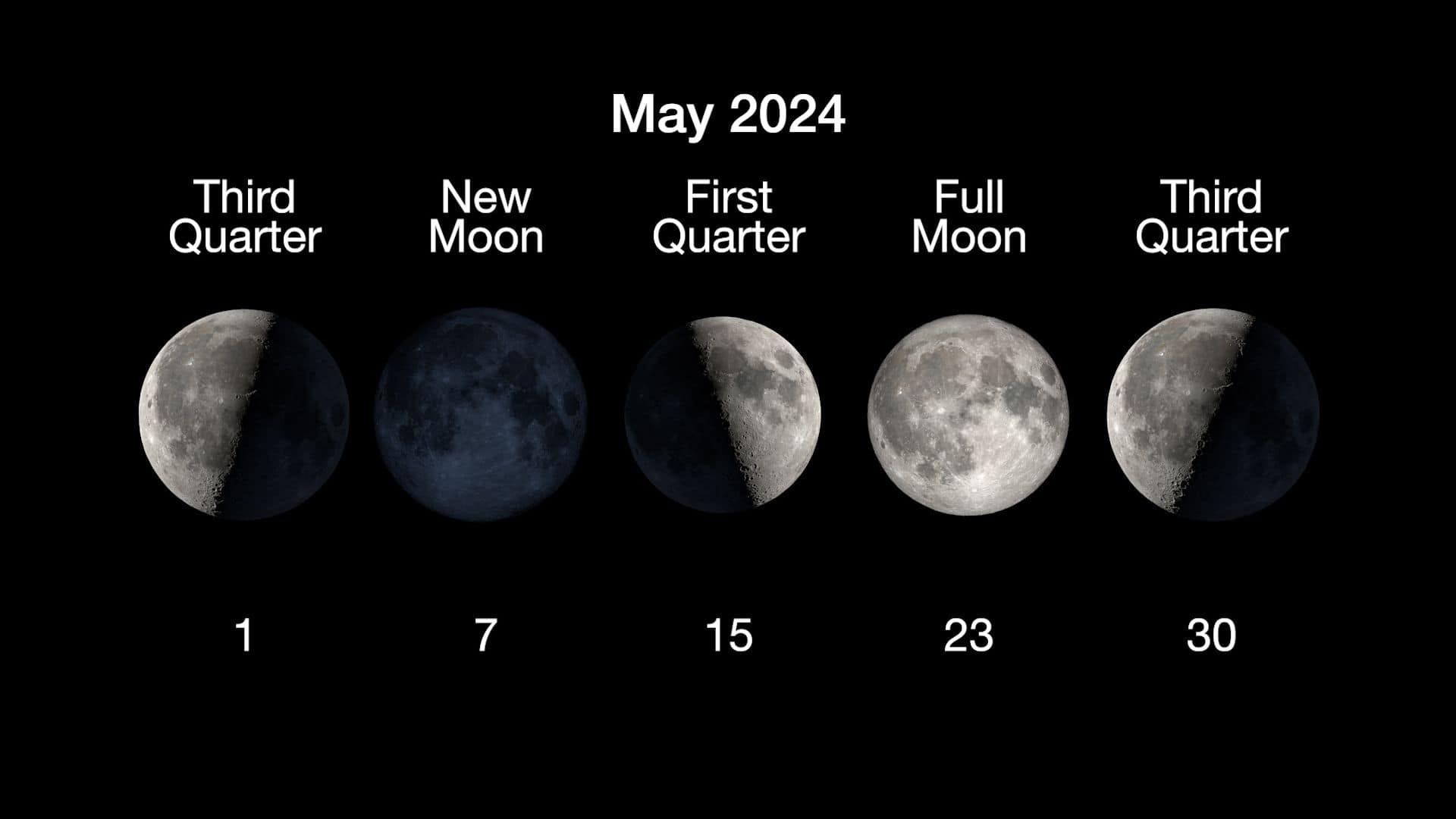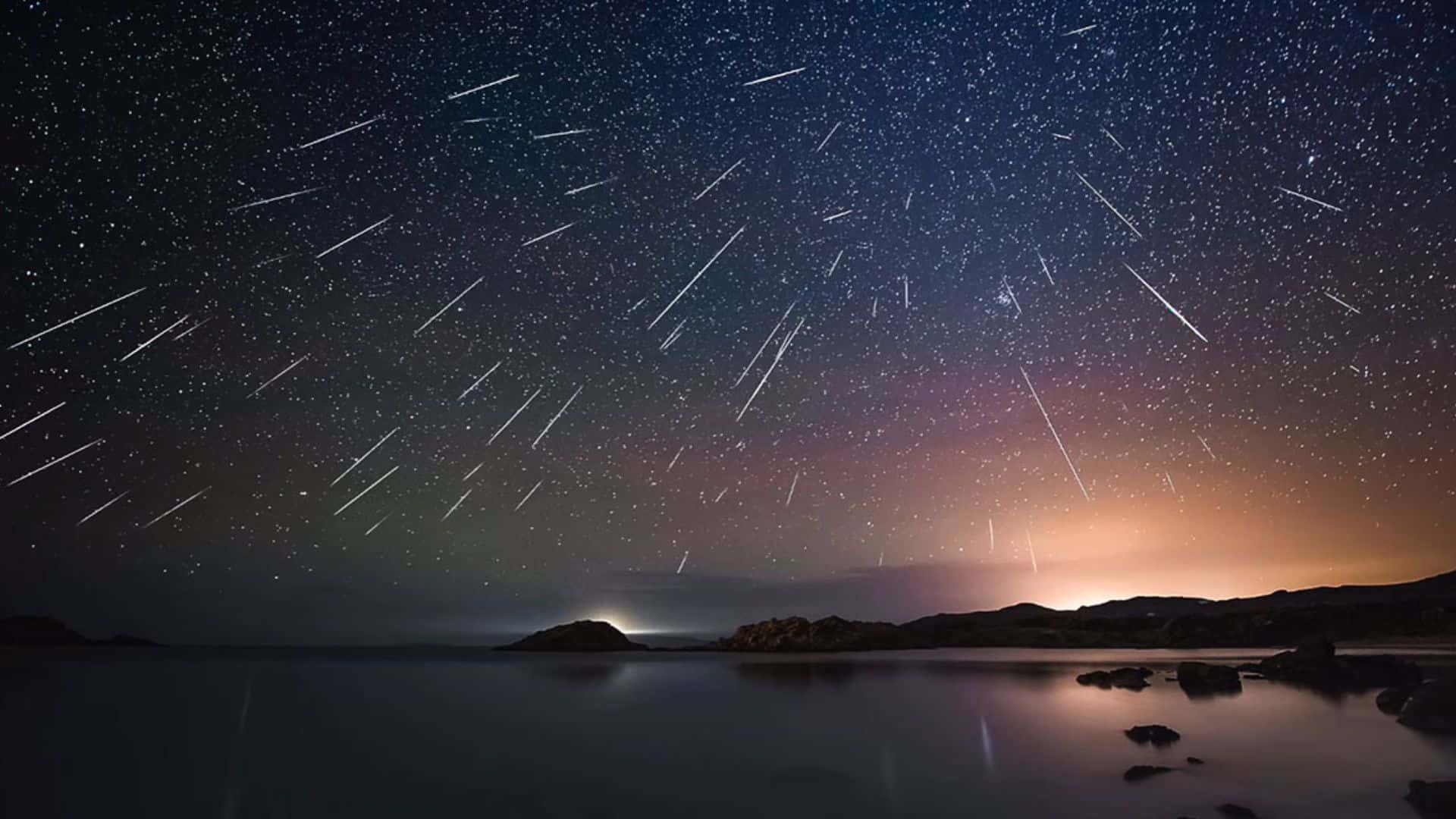The Lyrid meteor shower will start on April 14 and end on April 30 in 2025. The predicted peak of Lyrids will fall on April 22, 2025 at 13:32 UTC.
The Lyrid meteor shower is seen every year in late April, when our Earth passes through the debris of ice and dust left behind by the comet Thatcher in its orbit, according to NASA. So every Lyrid meteor is the fragment of comet Thatcher.
The shower usually produces up to 18 meteors per hour during peak activity under clear, dark skies.
2025 will be a good year to see Lyrids as the thin waning crescent moon will rise in the pre-dawn hours. So you will get an almost moonless night to observe Lyrids during the peak activity.
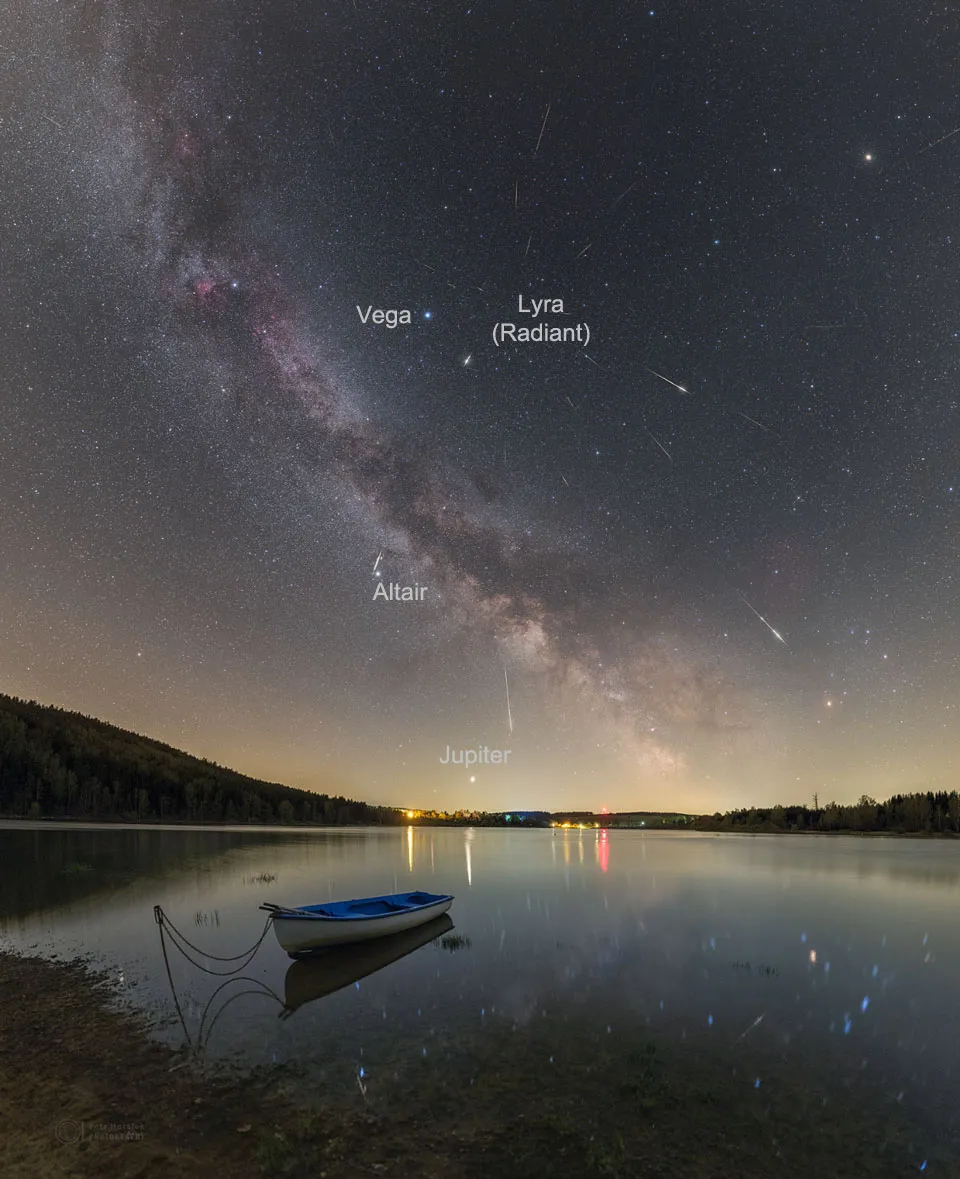
When to see the Lyrid meteor shower in 2025
Pre-dawn hours (at around 3 to 4 a.m. local time) of April 22 is the best time to see the Lyrid meteor shower in 2025.
The point from where the Lyrid meteor shower radiates in the sky, called the shower’s radiant, rises in the late evening and reaches its highest point in the sky at dawn.
The radiant of the Lyrid meteor shower climbs a decent height above the horizon from post-midnight, so I will suggest you start watching Lyrids (Lyrid meteors) from post-midnight and continue it till dawn.
Please remember, you won’t see Lyrid meteor shower in the early evening as the shower’s radiant is located below the horizon in the early evening.
Where to look to see the Lyrid meteor shower
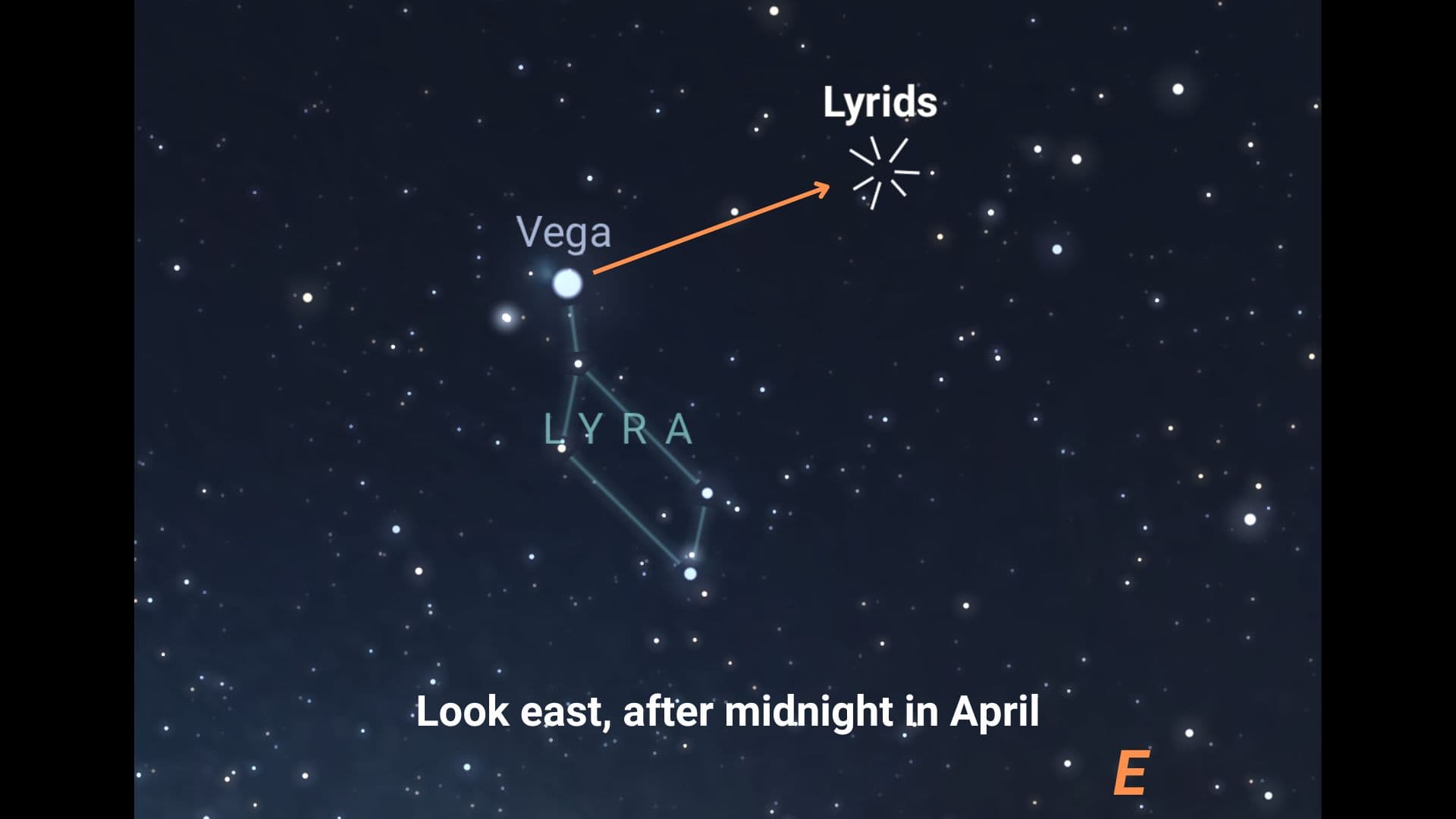
The Lyrid meteor shower radiates from the proximity of the bright star Vega (alpha Lyrae). Look high in the east after midnight or directly overhead in the sky in the pre-dawn hours to spot bright Vega.
Vega (alpha Lyrae) is the brightest star in the constellation Lyra and the fifth brightest star in the night sky. It is easily noticeable in the night sky, even in light-polluted areas.
However, I will suggest you don’t look at the bright star Vega only to see the Lyrid meteor shower, as the meteors closer to the radiant have shorter trails and are difficult to observe. So move your gaze across the entire east direction of the sky (if you look after midnight) or across the entire overhead sky (if you look around pre-dawn hours).
Visibility of the Lyrid meteor shower
The Lyrid meteor shower is most favorable to observers in the Northern Hemisphere, especially those located in the mid-northern latitudes (from 25°N to 40°N).
Observers located in the mid-northern latitudes will get the best view of the Lyrid meteor shower, where the radiant reaches almost overhead in the sky (more than 80° altitude) in the pre-dawn hours.
In the Southern Hemisphere, you can see a moderate display of the Lyrid meteor shower up to 25°S latitudes, which covers most of South America, Africa, and Northern Australia.
Obviously, the farther south you are, the closer the radiant will be to the horizon and the fewer meteors you will see.
How to see the Lyrid meteor shower
You don’t need any special equipment, such as a pair of binoculars or a telescope, to see the Lyrid meteor shower. A meteor shower is best seen with the naked eye.
Find a safe, dark place away from city lights where a large portion of the sky is seen. Lie down or sit on a lawn chair and look straight up at the sky, facing roughly east.
It will take around 30 minutes for your eyes to adjust to the darkness, and don’t look at your cell phone as the bright light from its screen will interrupt your night vision.
Be patient, as the celestial show of the Lyrid meteor shower will be visible until dawn breaks.
As the night progresses you will see more Lyrid meteors and will reach its maximum value just before dawn.
References
Atlas of Meteor Showers – A Practical Workbook for Meteor Observers
Please bookmark Spaceandtelescope.com or follow us on Facebook and Twitter to get latest space news, upcoming skywatching events and astronomy-related content.
